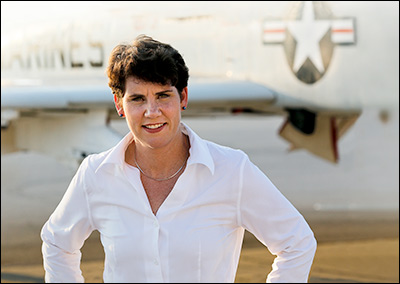By Jim Ellis
June 25, 2020 — With the Kentucky and New York primary totals still days away from becoming final, there are ways of looking to project an outcome of the close races.
KENTUCKY
There was some news in Kentucky yesterday as Fayette County, the state’s second-largest local entity, reported its first numbers in the Senate Democratic primary. While only showing about 2,000 total votes counted, 72 percent of the early tallies went state Rep. Charles Booker’s (D-Louisville) way, a rather astonishing occurrence in opponent Amy McGrath’s home county.You will remember that McGrath ran for the US House in the Fayette County-anchored 6th District in 2018. Therefore, it was expected that the Fayette Senate primary totals would heavily favor her, thus suggesting her 5,104 early statewide vote lead might be sustained. Though just a sliver of the actual votes to come from Fayette are now reported, the fact that Booker would receive such a large share indicates the supposition that McGrath would sweep the county is incorrect.
Even with a low total being reported from Fayette — and that appears to be the only county with newly reported data — the Secretary of State is telling county election administration personnel not to release numbers until June 30. Booker’s statewide deficit is now just 4,066 votes with well over 600,000 votes expected to be added to the various totals.
The vote overlay also boosts Booker’s potential chance of slipping past McGrath when understanding that his home area alone, Jefferson County, could easily wipe out such a small statewide deficit. Jefferson County, which houses Louisville and is Kentucky’s largest local entity, has a population that exceeds 760,000 individuals. Therefore, the expected vote total coming from the locality will be large in proportion to the outstanding number of uncounted ballots. Thus, the race may well be too close to call.
In any event, the big winner of the Democratic primary appears to be incumbent Republican Sen. Mitch McConnell. He is now assured of facing a Democratic general election opponent who will come out of their own party primary with a split base, not the way one would want to start a general election campaign against a powerful Senate majority Leader who tends to dominate his state’s politics.
Continue reading






